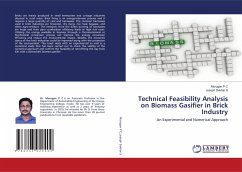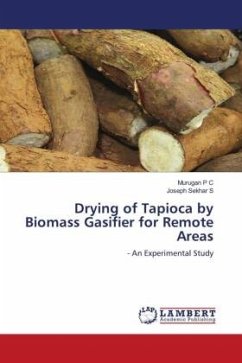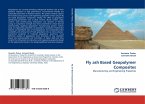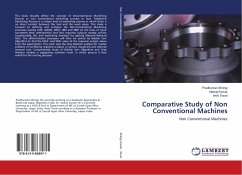Bricks are mainly produced in small enterprises and cottage industries situated in rural areas. Brick firing is an energy-intensive process and it requires a large quantity of coal and biomasses. The common biomasses used in brick industries are firewood, dry dung, rice husk bagasse, and other agro-residues. The emissions from the direct burning of biomasses are huge and their poor combustion efficiency leads to high fuel costs. Utilizing the energy available in biomass through a thermochemical or biochemical conversion process can improve the energy conversion efficiency and reduce the environmental impact. Besides, the economic status of the brick industries could be improved along with the protection of the environment. This book deals with an experimental as well as a numerical study that has been carried out to check the validity of the numerical approach and confirm the feasibility of retrofitting the clay brick kiln with a downdraft biomass gasifier.








